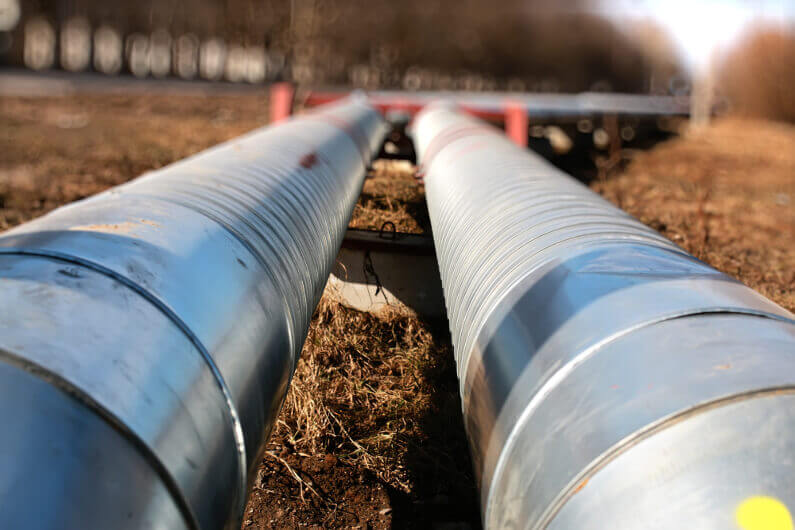
How Invasive Tree Roots Wreak Havoc on Your Sewer Line
Originally posted on https://www.mrrooter.com/austin/about-us/blog/2019/september/how-invasive-tree-roots-wreak-havoc-on-sewer-line/
Every year, 3 to 10 billion gallons of sewage waste is released from our sewage-treatment plants. Gastrointestinal distress emergency room visits tend to peak after it rains. This is because rainwater washes pathogens into rivers and lakes that are used for drinking and recreational use.
Currently, there is a sewage crisis in America, and a lot of people don’t realize it. The EPA is working with municipal water systems to address this problem. While a lot of progress has been made, there is still a long way to go. Many septic systems were built decades ago.
Sewer line issues are some of the hardest to repair. And the last thing you’d want to happen on your property is for something like tree roots to wreak havoc on your sewer line.
There are many causes for clogging in your main sewer line, and tree roots are one of the most common. Keep reading to learn about the different factors that can cause a clog and what to do if it happens.
Why Do Tree Roots Penetrate Sewer Lines?
Nothing is more disgusting or unsanitary than flushing excrement down the toilet, only to have it come back up again because of a sewage issue.
Most of the time, when this happens, you can use a plunger to unclog whatever piece of paper or hygiene product has stopped your toilet from flushing correctly. When the issue is more significant, however, additional measures have to be taken and fast.
Tree roots in sewer lines are hard to detect and difficult to remove. A root system that extends hundreds of feet is not uncommon in an older tree. When a drought occurs, or when there isn’t enough water, roots will search until they find some.
This search includes sewer lines, which, in conjunction with waste, contain a lot of water. Once roots find a sewer line as their source, they will grow in length and width within the pipe.
As they expand, sewer line repair will become inevitably more difficult and expensive. A crack or a hole can quickly become a much bigger issue.
How Can You Prevent Damage?
Opt for extra heavy-duty pipes when you can. If you’re installing a new sewer line or repairing an existing one, use heavy-duty pipes like cast iron ones. There has to be a crack in the pipe, to begin with in order for tree roots to penetrate.
PVC is another viable option, but you have to make sure that the plumbing code allows for it.
Put barriers around the sewer pipes to stop trees from being able to pass. These barriers can be either physical or chemical. In residential buildings, potassium hydroxide and copper sulfate are commonly used as slow-release chemical barriers.
If you put these chemicals around your sewage pipes, it’ll stop the tree roots from getting to them.
Wood and metal serve as fantastic barriers too, but attempting to install these materials can be a huge task.
If you have a say in what trees to plant, opt for trees that have shallow root structures. These are much less likely to damage any sewer lines. And if you want to plant large trees that grow fast, do so as far aways from sewer lines as you can.
How Can You Remedy the Issue?
There are a few different methods that may be used to remedy a pipe and stop the roots from doing any further damage.
Copper Sulfate is one option. It’s poisonous for the trees so it will create a dead zone in the soil. It must be done carefully as spreading it too close to the pipe can lead to corrosion, which will only damage the pipe further.
While it’s an excellent solution, it’s not environmentally friendly, and it does take a few weeks to do the job. Plus, it can cause serious liver damage and health problems if you become exposed to it by not applying it properly.
Another solution is to use a mechanical auger, which is a professional drain cleaning machine. It can cut all the roots like a saw blade. Because the roots get cut up, the pipe may need to be flushed of root debris before it is repaired or replaced.
A hydro-jet, also known as a water jet, sends powerful flows of pressurized water in order to flush out obstructions. The water shoots out up to 18 gallons of water per minute and flows at 4,000 psi or higher. If used properly, roots can be cut completely away by using a water jet. This method can also be used to clean out your drains, without the need for any chemicals.
The last option, which you may have to do if the damage is bad enough, is to replace the sewer pipe altogether. Professional plumbers will run a sewer camera down the drain line so that they can determine exactly where the roots are. They can check for other types of damage and then recommend how much of the pipe needs replacing and what else needs to be done.
Check and Repair Your Sewer Line as Soon as You Can
Tree roots can grow hundreds of feet down into the ground. And when there is any sort of drought, tree roots will search until they find water.
Whether in Tarrytown, Cedar Park or Willamson County, if you think that tree roots may have penetrated and damaged one of the pipes in your sewer line, it’s in your best interest to act as fast as possible.
The longer you wait, the more chance there is of the pipe bursting all together, which will cost much more time and money to repair.
Do you want to request a quote? Contact us here. We are open 24 hours a day, 7 days a week and we don’t charge ANYTHING more for emergency service.
